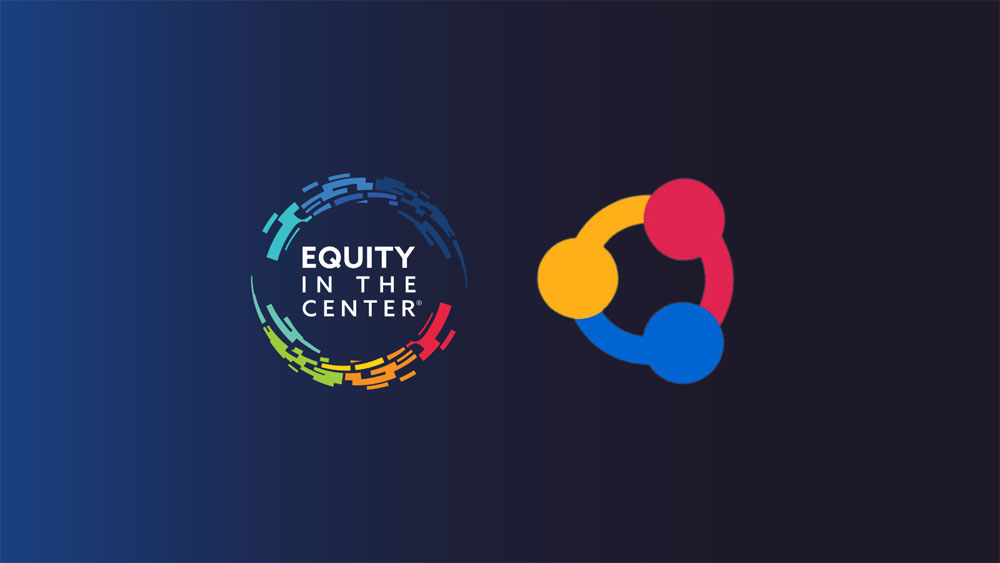Written by Leniece F. Brissett, Kerrien Suarez and Andrew Plumley
This post is a re-publication of the piece that launched the Woke@Work blog in November 2018.

Photo: Adobe Stock.
Organizations have a feverish obsession with getting diverse talent in the door. Throughout recent years, pieces have been published underscoring the importance of recruiting leaders of color to the non-profit sector (see The Chronicle of Philanthropy and Nonprofit Quarterly), but little has been said about retaining leaders of color, and even less about why so many leaders of color leave.
It turns out there’s a secret to losing diverse talent.
It takes daily effort, but with consistency, incorporating these seven components within your organization will send leaders of color packing (depending on what you do or don’t):
1. Tokenism

DON’T
Spotlight stories like “The Secret to Retaining a Diverse Workforce” that tokenizes a Black leader by focusing on his athleticism as a basketball player (no, we’re not making this up) while diminishing the hard work it took for him to earn an offer at your firm.
DO
Apply insights from Building Movement Project’s Racial Leadership Gap reports so leaders of color aren’t unwittingly used as “props” for photo ops, PR or HR benchmarks, but genuinely leveraged for the unique insight, talent, and skills they bring.
TOOLS YOU CAN USE
Look at the level of transparency Annie E Casey Foundation and Ford Foundation use in talent data analysis, and apply a similar lens in your work. Review and integrate insights from the Association of Black Foundation Executives’ Exit Interview, which outlines why Black staff leave grantmaking institutions, into your organization’s plan to build a more inclusive culture.
2. Assimilation

DON’T
Complain about a narrow talent pipeline while expecting “unicorns of color” with a newscaster dialect and degrees from select academic institutions to conform to white dominant culture.
DO
“Inclusion, not assimilation” as powerfully stated in New School’s Venture Fund’s 2017 study, Unrealized Impact:
“An inclusive workplace culture is characterized by the full integration of a diverse set of staff members into an organization with a climate of respect and positive recognition of differences. In contrast, organizational cultures that require assimilation open their doors to people of color without shifting away from white dominant culture, policies, norms, decision-making, communication, or power structures…increasing diversity while still requiring assimilation into a white dominant culture does not achieve the organizational benefits of diversity.”
Do the hard work of identifying and acknowledging systemic bias that perpetuates the non-profit racial leadership gap to develop a Race Equity Culture™.
TOOLS YOU CAN USE
Do a staff engagement survey to assess the level of inclusion staff experience at your organization. Fund the People has an equity and inclusion toolkit for nonprofits and foundations. Assess your organization’s culture using Crossroads’ Continuum on Becoming an Anti-Racist Multicultural Organization.
Emerging Practitioners in Philanthropy’s Dissonance & Disconnects: How entry and mid-level foundation staff see their futures, their institutions, and their field examines perceptions of inclusion and equity in the workplace, including alignment between institutional practices and staff values.
Move from an assimilation mindset to a participation mindset (immigrant context specifically). Understand that if you’re not open to shifting the dominant way of thinking, talking, behaving, and dressing at work, you’re probably asking the people of color in your organization to “cover” aspects of their identity and assimilate to white culture. If your team has already developed a shared language on race and privilege, use this tool to help individuals check white privilege, and use this game to check entitlement in your organization.
3. Pay Disparity

DON’T
Conduct a compensation audit to identify gender pay disparities in your organization, but neglect to include data around racial wage gaps. In their annual report, Candid continues to find a gender gap in non-profit CEO compensation. If the non-profit sector is reflective of larger workforce trends (i.e. for every dollar made by a man, on average Asian-American women earn 87 cents, white women earn 79 cents, Black women make 63 cents, Native-American women make 57 cents and Latinx women make 54 cents, it’s safe to presume women of color non-profit CEOs are bearing the brunt of structural inequities.
DO
Compensate women, people of color and women of color based upon their skills and experience instead of salary history, which exacerbates pay disparities. Provide transparency regarding performance bonuses, promotions and mobility, as well as salary ranges, and don’t shy away from “right sizing” employees to make them whole if there isn’t parity.
TOOLS YOU CAN USE
Do a compensation audit to identify disparities by race. Intel does it for race and gender as part of its annual performance process. Use the Racial Wealth Audit, developed by Brandeis’ Institute on Assets and Social Policy and Demos, to consider how your organization’s policies, programs and governance structure may drive race-based disparities. If you are a grantmaker, review the Council on Foundations’ 2021 Grantmaker Salary and Benefits Report to benchmark data on salary, race/ethnicity and gender.
4. Microaggressions

DON’T
Pose seemingly innocuous questions and make assumptions that erode trust and chip away at organizational culture on a macro-level while diminishing the health of people of color on a micro-level. To be clear on what a microaggression is (so you don’t commit one), they have been defined by Columbia University psychologists as:
brief and commonplace daily verbal, behavioral, or environmental indignities, whether intentional or unintentional, that communicate hostile, derogatory, or negative… slights and insults.
DO
Heed the advice in Fast Company on how to address microaggressions at work (and still keep your job).
TOOLS YOU CAN USE
Play the educational game Killing me Softly, developed by the City University of New York, to learn what microagressions are, and how white people and people of color can address them. Create a more culturally responsive organization by using a self assessments tool to level set where you are currently. Remember that doing an assessment is just the first step to beginning the work of building a Race Equity Culture™. Equity In The Center offers the Race Equity Cycle Pulse Check™, an assessment tool you can take to find out where your organization is on the Race Equity Cycle® – Awake, Woke or Work. You can sign up here for the cohort that will provide organizations with coaching to help develop an action plan based on the tool’s findings.
5. Whitesplaining

DON’T
Whitesplain (mansplaining’s first cousin) i.e.: explain or comment on something in a condescending, overconfident, and often inaccurate or oversimplified manner, from the perspective of the group one identifies with, thereby clearly exhibiting their own bias.
Do not co-opt language, movements and struggles of people of color while ignoring the histories and lived experiences of people of color. It is one of the most efficient ways of losing credibility with people of color by undermining their (often firsthand) experience.
DO
Conquer white fragility to overcome whitesplaining, i.e. step out of the “good/bad binary” which posits racism is conscious bias held by mean people in polos holding tiki torches to address your own feelings, thoughts and – if applicable – insecurities about race and racism. Examine how your action/inaction at work (and elsewhere) upholds white supremacy.
TOOLS YOU CAN USE
Buy this White Ally Toolkit Workbook to gain insight into the complexities of race and racism, and begin to develop skills that will help you intervene with that insensitive coworker (or uncle at Thanksgiving) in a way that doesn’t make either of you feel badly. Message White Nonsense Roundup (WNR) on Facebook when a colleague whitesplains in the comments or in a post made on behalf of your organization. WNR’s team will call out individuals contributing to structural racism, following up with resources so they can educate themselves.
Use this toolkit of effective practices for communicating on race to review your organization’s website and collateral, use this social justice phrase guide to guide personal communication, or join the SURJ network, which moves white people to act as part of a multi-racial majority for justice.
6. Savior Complex

DON’T
Show up at work with “the solution” to poverty, classism, racism, sexism or any other “ism” unless you’ve researched, consulted and listened to communities/people directly affected by said “isms”. Dismount and leave your white horse at the stable. I repeat: dismount immediately.
However good your intentions may be, they are incomplete at best if they are not informed by the communities and leaders impacted by your work. By either intentionally or unintentionally excluding the communities we’re hoping to impact…:
DO
Take the advice of an international NGO executive who has learned a thing or two (the hard way) about how Western charities historically and currently portray their impact abroad: It requires a little bit of humility on our part to not be the center of the solution.
TOOLS YOU CAN USE
Answer the seven questions in this Stanford Social Innovation Review article to begin moving from a charity to a justice mindset. If you are a funder, implement recommendations from this National Committee for Responsive Philanthropy blog on gentrification of movements, and consider how you can redistribute wealth and democratize power using principles highlighted in Justice Funders’ Liberate Philanthropy series. If you engage youth, consider integrating elements of True Colors Fund’s toolkit to drive more participatory practice.
Read the Community Lever section of Awake to Woke to Work: Building a Race Equity Culture or the National Committee for Responsive Philanthropy’s Power Moves Guide. Each of these resources will begin to shift mindsets at the internalized, interpersonal, institutional and structural levels required to drive deep equity in organizations.
7. Burnout

DON’T
Compound the exhausting job of of being a leader of color in a white dominant organization by adding layers of inequity: expecting leaders of color to do more with less, appointing leaders of color as “poster children” to represent the organization at conferences, panels, and meetings while still holding them accountable to the responsibilities within the scope of their role.
DO
Compensate and recognize leaders of color in performance reviews for the additional labor they endure at work: mentoring other employees of color, educating employees on “isms”, attending external facing events, leading/managing Employee Resource (or Affinity) Groups or other diversity initiatives, etc.
TOOLS YOU CAN USE
Read this article and follow these habits of self-care from people of color who’ve been in the trenches. Consider the inner work required to sustain yourself in building a Race Equity Culture™.
Adhere to the aforementioned “do’s,” and we believe engagement and retention for leaders of color in your organization will improve. Persist with the “don’ts,” and we predict that even your most dedicated, mission-driven leaders of color will have one foot out the door.




